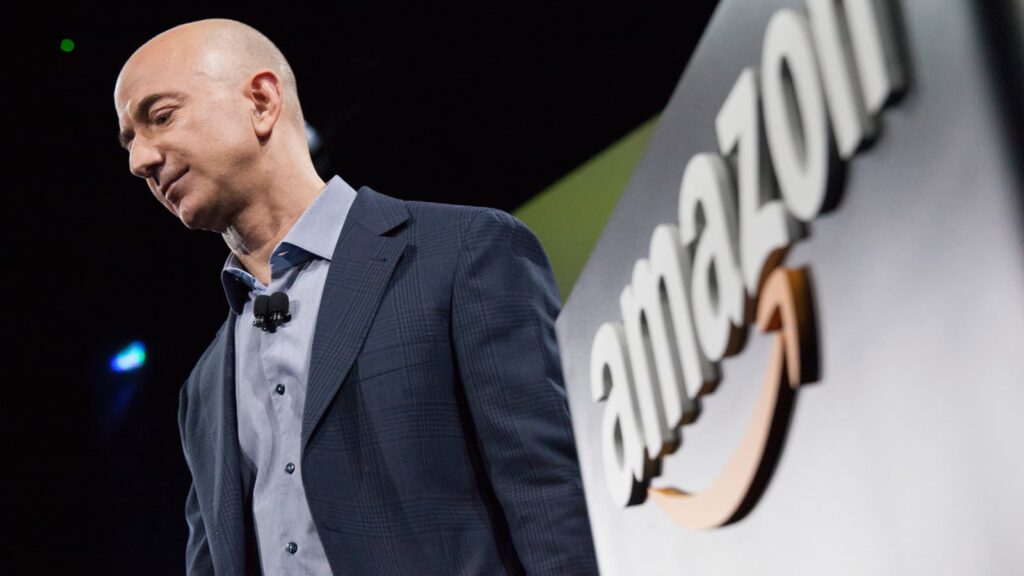The e-commerce giant of the world, generating $7,124/second actually pays its employees $5,000 to quit, to the max. Money for quitting the job? Yeah, you heard it right. Amazon follows this idea in motive to invigorate its workforce. It actually has a marketing / productive strategy.
By nature, working people experience kind of boredom in doing the same job over and over for days, months & years, unless its one’s passion. To refrain from such barren, Amazon has a solution for employees who no longer want to work there – pay them to quit.
Please Don’t Take this Offer

Amazon offers to pay full-time associates at Amazon fulfillment centers up to $5,000 to leave the company. Employees are eligible for this offer after one year of service, but there is a caveat: Those who accept the offer can never work at Amazon again. Once gone, always gone.
The company offers $2,000 to employees who have been at the company one year, and the offer increases by $1,000 per year of tenure, maxing out at $5,000.
This strategy, called by ‘Pay to Quit’ was first created by online shoe retailer Zappos. Zappos only extended the offer to its newest employees, within the first few weeks of employment, and the “quitting bonus” was set at $1,000. Amazon adapted this, as it bought Zappos in 2009.
Though propounding the take-home offer, Amazon don’t actually want employees to accept it, it says. In fact, the headline on the memo states “Please Don’t Take this Offer”, according to founder and CEO Jeff Bezos.
The offer is applicable only to fulfillment center workers who directly work for actual package delivery operations & manual labor positions, in tier 3 and below.
Why Amazon follow this?
“The goal is to encourage folks to take a moment and think about what they really want,” Bezos writes in a 2014 shareholder letter. And according to Amazon, few people actually accept.
Considering the high costs associated with employee turnover, incentivizing employees to quit may sound like a counter-intuitive business strategy. But according to Michael Burchell, workplace culture expert and author of the book “The Great Workplace: How to Build It, How to Keep It and Why It Matters,” it actually enhances employee engagement and is cost-effective in the long run.
Don’t miss this: Best Ways to Earn Money from Amazon
Employee engagement tends to be about two things: commitment to stay and discretionary effort. While Pay to Quit may not necessarily push employees to work harder, but does address the issue of commitment to stay, Burchell says.
“If you choose to actually not take the money and you choose to stay, it means that you’re committed to the organization and committed to your work,” says Burchell. “It helps to frame the employer/employee bargain or that psychological contract.”
In effect, employees who decline the offer are psychologically “signing on the bottom line” and recommitting to the company, says Burchell. This makes them more engaged, more productive, and ultimately boosts Amazon’s bottom line.
Have you read this?
Amazon is Bigger than you think! Know what it’s doing besides e-commerce!
On the flip side, disengaged workers are more likely to accept the offer, says Burchell, and these types of employees cost organizations a substantial amount of money. According to Gallup, an actively disengaged employee, someone who is unhappy and unproductive at work, costs their organization $3,400 for every $10,000 of salary, or 34 percent. That means a disengaged employee who makes $70,000 annually costs their organization $23,800 a year.
By presenting this offer, Amazon is able to weed out disengaged employees, says Burchell. Though it may cost the company more money to rehire and retrain someone in the short-term, he says, Amazon is able to then fill that position with a more qualified employee.















